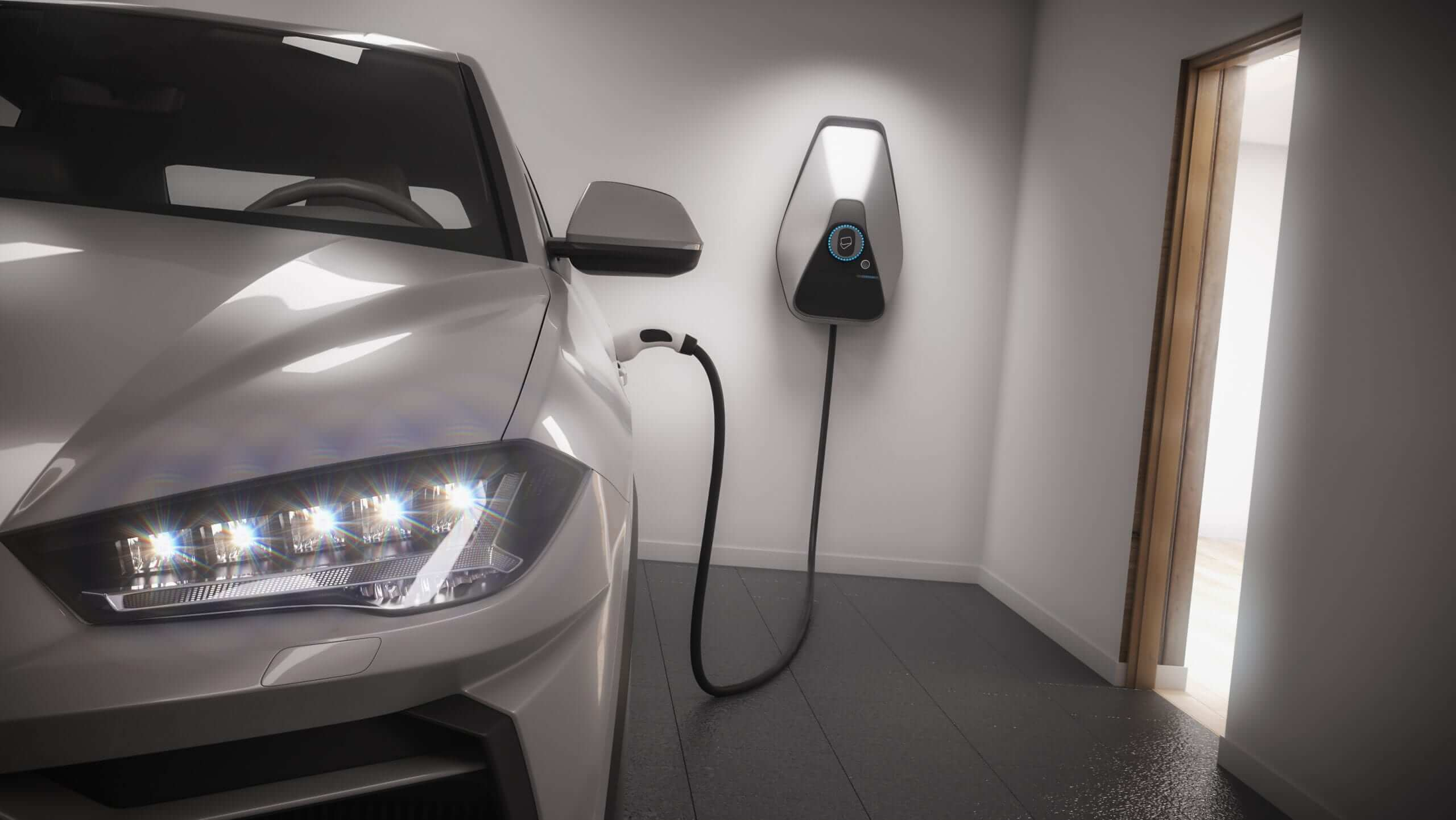Electric vehicles will be cheap in maintenance, affordable fuel and comfortable to ride in. And they do, do until reality strikes. Being a mechanic that has been dealing with EVs since early Nissan Leaf days, what I have witnessed most that leaves buyers surprised once off the honeymoon period is their astonishment when they realise what the air conditioning system on their cars sounded like.
In 2025, EVs are the best ever, and they are not slur‑proof against costs that come as a surprise to the owners — such as repairs or tire wear, or unexpected battery details that do not come out in brochures.
Before you become the new owner of a shiny gadget, you have to know the following facts to get your money according to the promised values and not experience surprises in the form of shop bills.
1. The Tires Wear Out on EVs — They Cost a Lot
- Immediate EV‑torque is cool — it does wear out tires at 30–40% greater rate than on gas cars.
- EVs are heavier and use low‑rolling‑resistance tires, which are not inexpensive.
The things I actually observe in the store:
- Owners of Tesla Model Y, Hyundai Ioniq 5, and Ford Mach‑E often change tires at 20,000–25,000 miles, rather than 35,000+.
- Add alignment checks every 10K, and tire costs can exceed $800–$1,200 per year for regular drivers.
2. Not All Battery Repairs Are Covered (Not Even Under Warranty)
- Degradation of cells is addressed (usually not more than 30% capacity loss), but
- Cooling‑system failures, BMS or harness faults are often excluded.
- Diagnostics may cost $400–$800 if warranty coverage is disputed.
Real‑world example:
A Kia EV6 owner with a coolant leak paid $2,100 out of pocket, and Tesla customers face similar expenses for minor module failures.
3. Phantom Charging Costs: What They Do Not Tell You in Brochures
- A charger reporting 100 kWh in doesn’t mean 100 kWh consumed.
- Fast DC charging loses 10–15% to heat and inefficiencies; HVAC fans may run during charge.
Translation:
- $18 at $0.18/kWh feels like $18, but you actually pay around $21.
- With 2–3 charges per week, that’s $300–$500 annually in phantom energy costs.
4. Dealership Trips = Software Bugs
- Most 2025 EVs offer OTA updates, which can break features:
- Glitch adaptive cruise or regen‑braking settings
- Erase “memorized” charging locations
- Trigger error codes needing dealership reset
The kicker?
- Updates are free, but a service visit to fix bugs may cost $150–$300 if out of bumper‑to‑bumper warranty.
5. The Cost of Insurance Is More Than You Imagined
- EVs are expensive to fix post‑accident:
- Aluminum or bonded body panels
- Battery risk in underbody collisions
- Requires certified repair shops
Premium leap:
- EV insurance is 15–25% higher than gas cars.
- A Tesla Model 3 policy can run $2,200–$2,600 annually vs. $1,800 for a BMW 3 Series.
6. Charging Infrastructure Is Not ‘Set‑It‑and‑Forget‑It’
- Thousands of public chargers are installed, but not all work flawlessly:
- Payment systems can glitch
- Some EVs (BYD Seal, MG 4, Lucid Air) lack enough cables
Before you buy that sleek EV, be ready for these hidden costs. Knowing them upfront means fewer surprises—and a smoother ownership experience.
